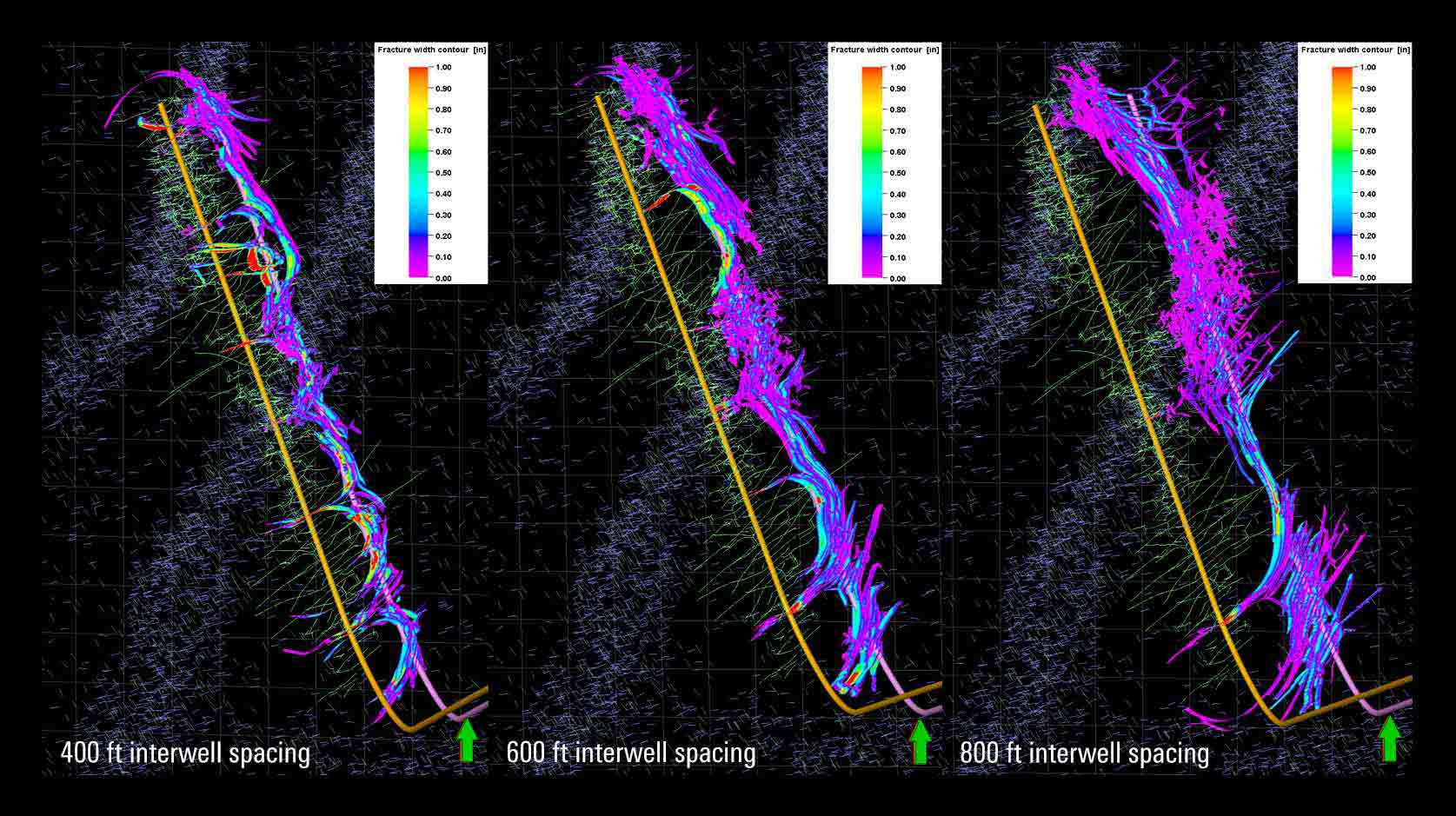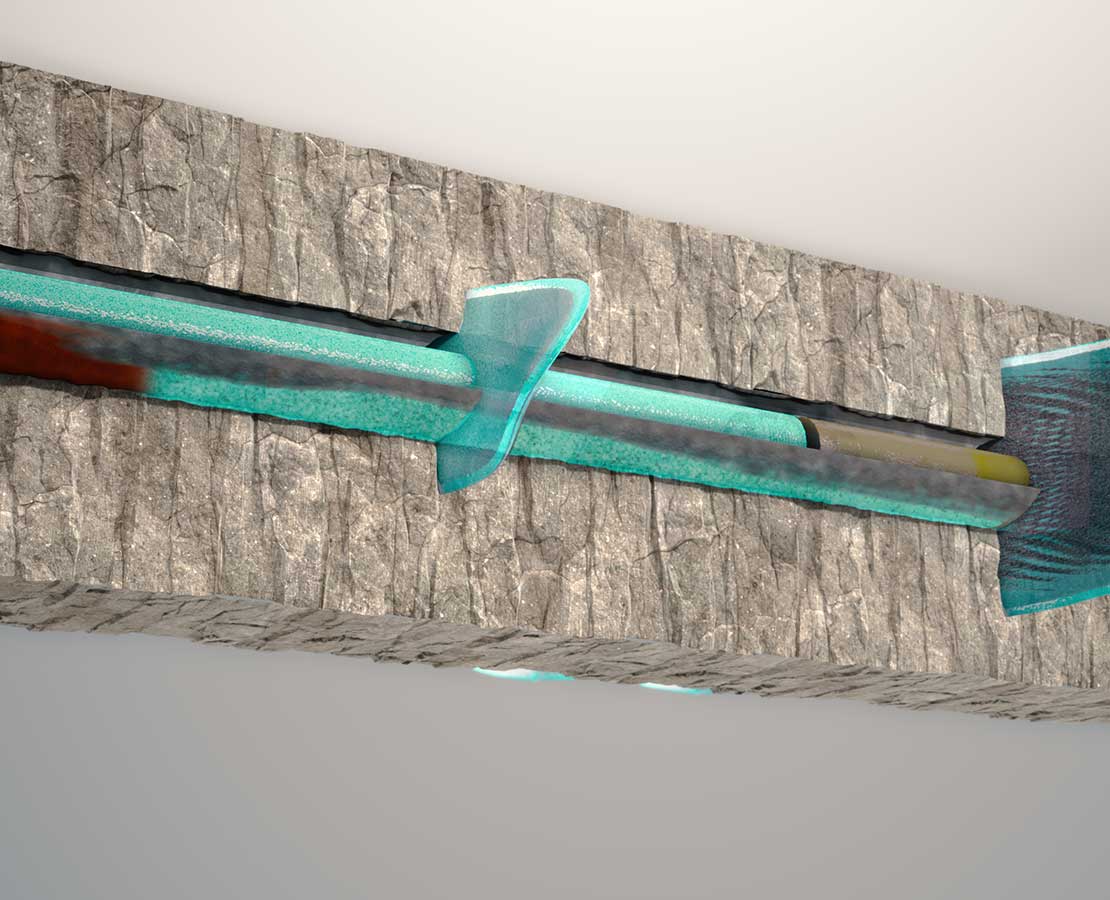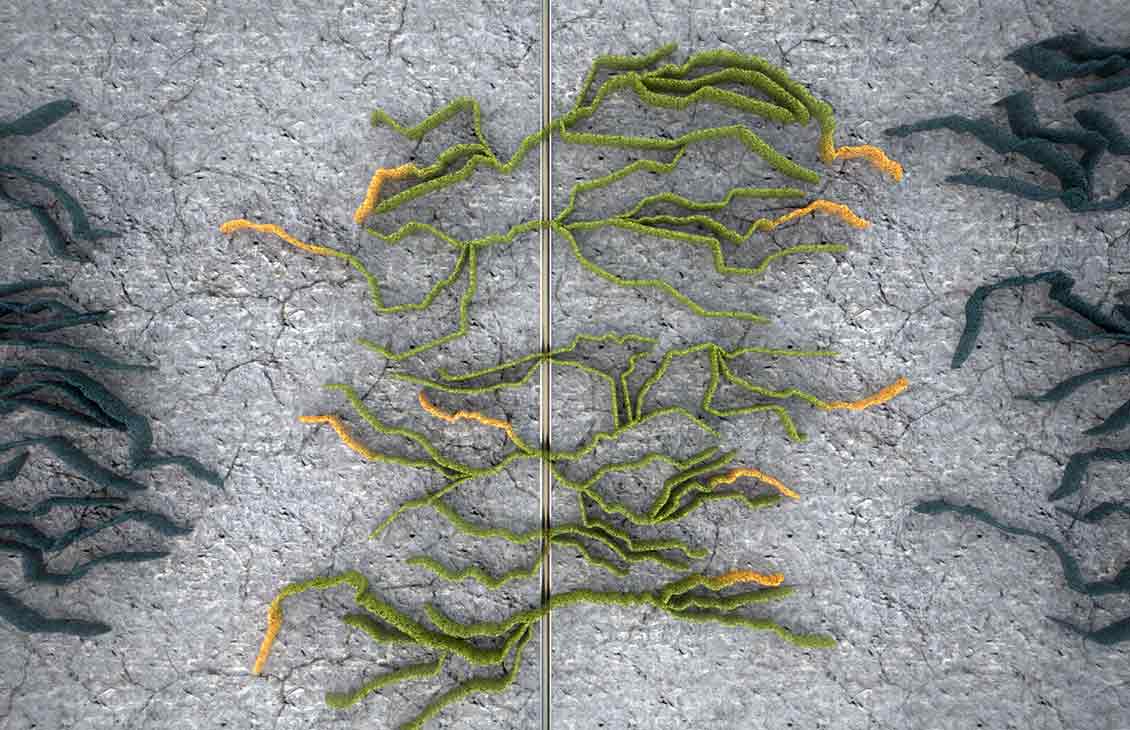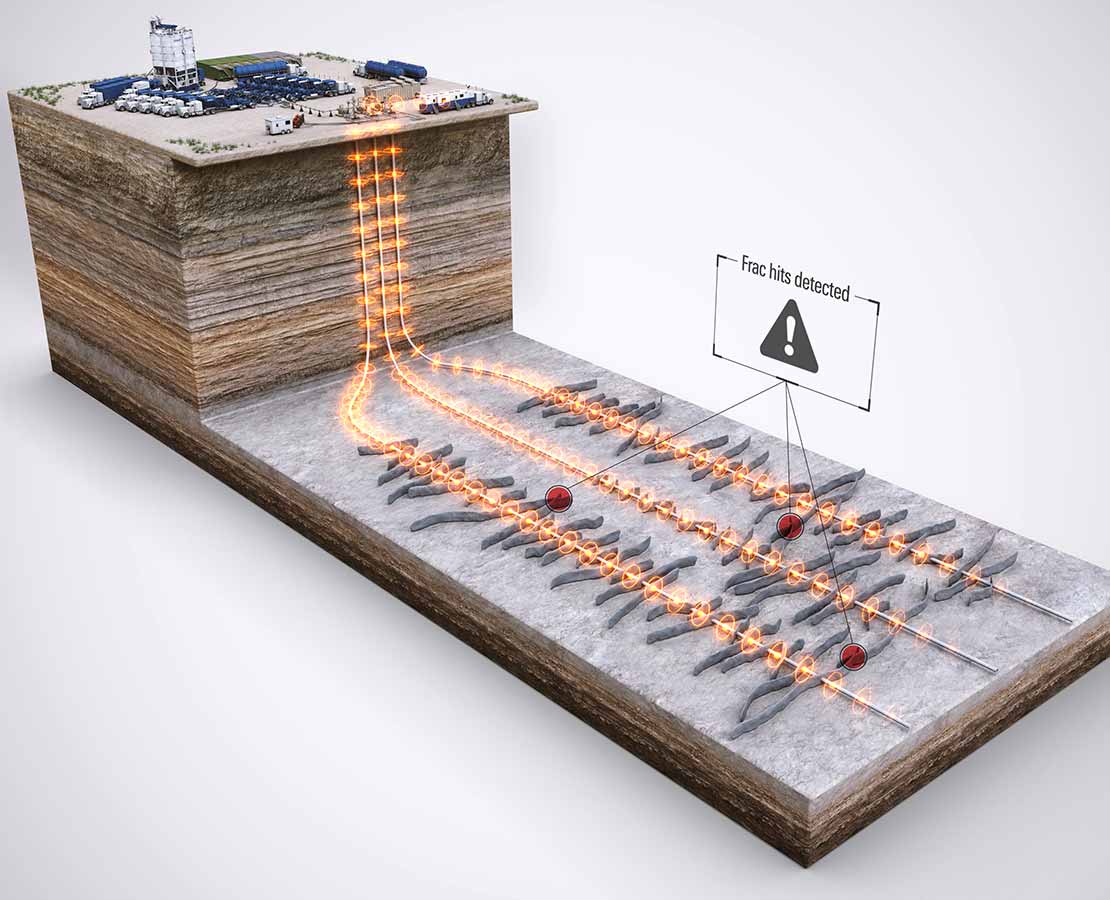Petrel subsurface software
Enable discipline experts to work together and make the best possible decisions from exploration to production
Enable discipline experts to work together and make the best possible decisions from exploration to production.
Published: 02/28/2019

Published: 02/28/2019

The problem has gained widespread attention; the number of SPE technical papers about frac hits has doubled. Because the cookie-cutter approach to unconventional well development is no longer efficient, effective, or economical—just easy. And the production results are mediocre, at best, meeting expectations only because expectations are dropping along with unconventional production averages.
Skew the average. You didn’t spend those years getting an engineering degree just to bake cookies. The smart money is on an integrated, engineered solution that moves past mediocrity:
It’s more complicated than the cookie-cutter approach, but we can help you and your team with some tools to simplify the process.
The Petrel E&P software platform brings disciplines together with best-in-class applied science in an unparalleled productivity environment. This shared earth approach enables companies to standardize workflows from exploration to production—and make more informed decisions with a clear understanding of both opportunities and risks. The platform also simplifies your work by supporting automated, repeatable workflows, to capture best practices and share them across the organization.

Kinetix reservoir-centric stimulation-to-production software is the only hydraulic fracturing design software that employs a seamless, comprehensive seismic-to-simulation workflow for the multilevel optimization of unconventional reserves. It integrates geophysics, geology, petrophysics, completion engineering, reservoir engineering, and geomechanics in a repeatable workflow that ensures data integrity and high decision quality. With these multiple capabilities, you can maximize production performance and ROI in any reservoir, from conventional to unconventional tight sands and shale.

Fulcrum cement-conveyed frac performance technology improves hydraulic fracturing efficiency in cemented horizontal wells that are drilled with nonaqueous fluids (NAFs). Delivered during the cementing operation, Fulcrum technology helps keep fracturing fluid in the intended reservoir zone by limiting fluid migration through mud channels. That limits the risk of overstimulation and nonoptimized stimulation geometry.

BroadBand Shield fracture-geometry control service stimulates production in unconventional wells while limiting the risk of communicating with neighboring wells or fracturing into undesirable zones such as water layers. Particularly useful for minimizing the risk of frac hits in infill wells and multiwell pads in tightly spaced fields, the service constrains fracture growth with far-field diversion—which has the added benefit of increasing fracture complexity.

WellWatcher Stim stimulation monitoring service identifies fracturing fluid entry points and pressure changes that indicate isolation failures or frac hits—so you can react rapidly to unexpected stimulation challenges. With fast setup and a minimal location footprint, you can monitor parent and infill wells during fracturing to clearly identify frac hits during one stage and modify subsequent stages to limit further encroachment. The service also verifies events such as actuation ball landing, plug setting, port shifting, fluid entry into the reservoir, and fluid diversion.
It's not as comfortable as the cookie-cutter approach, but you're not making cookies. You're making tomorrow's energy.
Unconventional oil and gas development in North America has settled into a comfortable routine: plug, perforate, frac, repeat. Unfortunately, that simplicity has led to crowding, and the density of drilling is the highest in history. That has introduced an unforeseen problem: well-to-well communication, also known as frac hits.
When the fracture network of a newly drilled well connects to an older well’s fracture network, the older well may fill with sand and fluids, requiring an expensive cleanout to restore production. Then, both wells share the drainage space. But the older network has lower reservoir pressure, which affects the production rates for both wells—often significantly.
1 Parent Well Refracturing: Economic Safety Nets in an Uneconomic Market (SPE 180200).
2 Production Performance of Infill Horizontal Wells vs. Pre-Existing Wells in the Major US Unconventional Basins (SPE 189875).
3 Schlumberger estimated based on severe frac hit experiences.